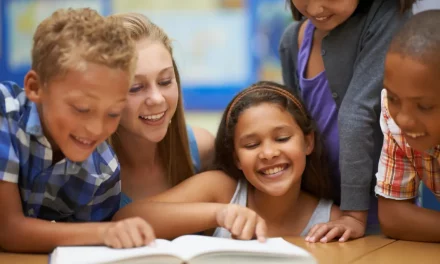In the digital age in which we live, encouraging reading and developing spaces to connect with children is fundamental. Books have always been a great tool to entertain while teaching and educating.
Books that deal with emotions can play a crucial role in children’s emotional development, as they not only help them identify and understand their own feelings, but also provide them with the necessary tools to manage their emotions in a healthy way.
From an early age they go through all emotions, going from love, to sadness, to anger, often without understanding what is happening to them or how to manage it. Therefore, providing them with tools that allow them to understand what is happening to them, while having fun and having a good time, is a great option. Reading together creates a special family moment, promoting communication and mutual understanding.
¿Qué encontrarás aquí?
The benefits of working on emotions through books
Fostering empathy
Books about emotions for children allow them to learn to put themselves in the place of the characters, understanding and sharing their feelings and emotions. Through the stories, they observe how the characters respond to various emotional situations, which helps them develop the ability to feel with others. By connecting with the emotions of the characters, children also become more aware of the emotions of the people around them.
Vocabulary development and self-expression enhancement
The books introduce terms they may not have known and can begin to use to express how they feel more clearly and effectively. By having the right words to express their emotions, children can communicate their needs and feelings more efficiently, which reduces frustration and improves understanding.

Anxiety reduction
Understanding that your emotions are normal and that others experience them too can reduce anxiety. Books that deal with emotions show children that they are not alone in their feelings, which can be rewarding, giving them more peace of mind and normalizing what they feel.
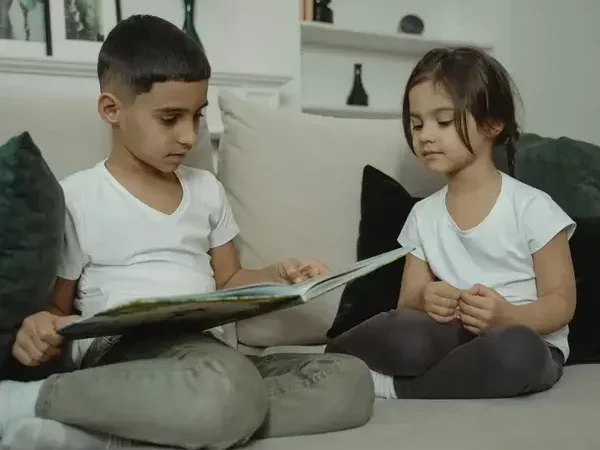
Strengthening self-esteem
Reading about characters who overcome emotional challenges caninspire children to feel more confident and capable of facing their own difficulties. Stories of overcoming and perseverance show that it is possible to manage and overcome emotions, no matter how difficult they may be at the time, which can have a positive impact on their self-confidence.
Emotion management
Through stories, they learn strategies for dealing with their own emotions such as sadness, anger or fear. Managing emotions involves teaching them to recognize their feelings, express them appropriately and respond to them constructively. Books about emotions are an excellent tool for introducing these concepts in an accessible and entertaining way.
Below we recommend ten fundamental books to work on emotions from an early age, ordered by age.
We recommend 10 books to work on emotions with children
1. The colorful monster – Anna Llenas

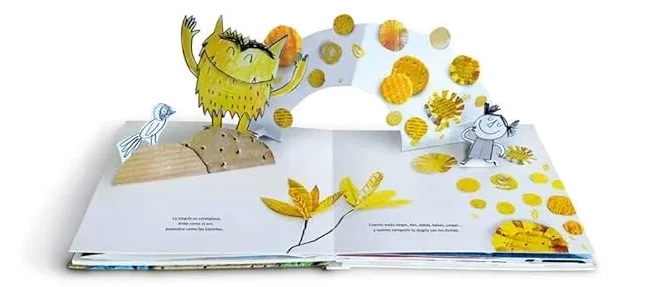
This picture book is a classic for teaching children to identify and organize their emotions. Through the story of the monster who feels confused, little ones will learn to recognize emotions such as joy, sadness, anger, fear and calm, represented by different colors. The Color Monster is an invaluable resource for opening dialogue about how they feel and why. It has both traditional and pop-up versions.
Ages: 3-6 years
Emotions: Joy, sadness, anger, fear, calm, love.
2. Elmer – David McKee
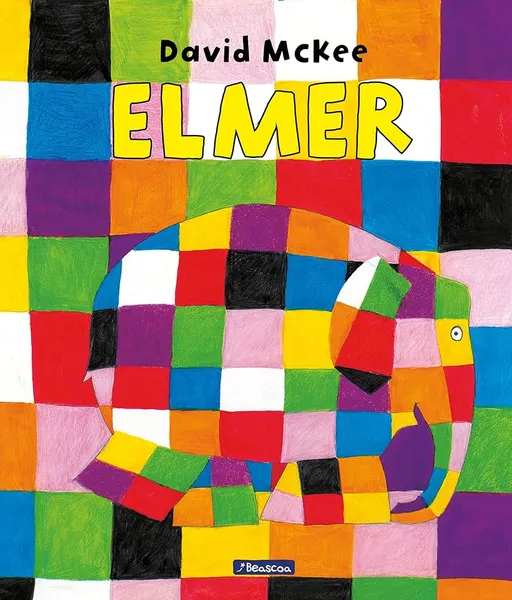
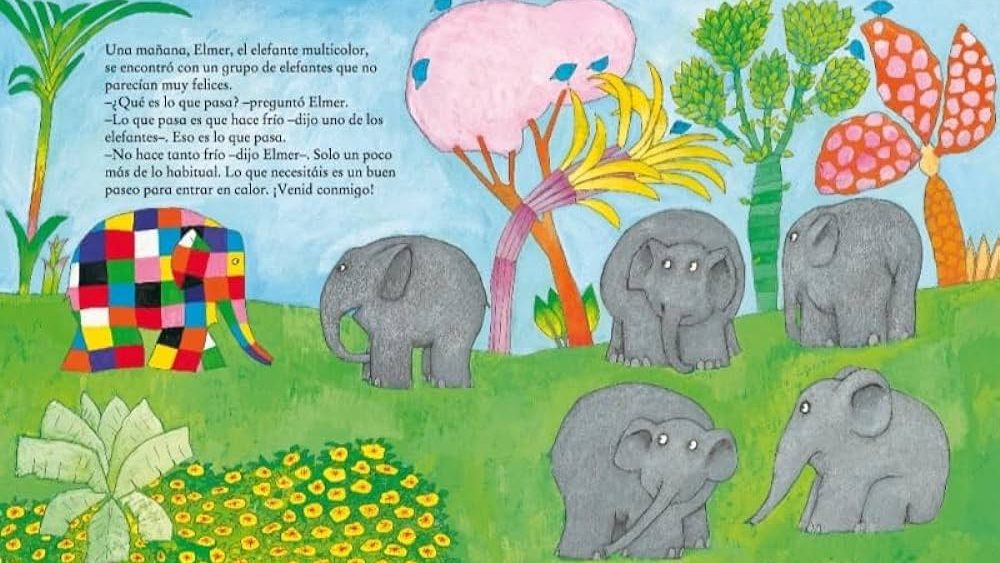
The story of the colorful elephant Elmer teaches children about diversity, self-esteem and the importance of being yourself. Elmer is not like the other elephants, and although this makes him feel different, in the end he learns to accept and celebrate his uniqueness. It is a wonderful book to talk about individuality and acceptance.
Ages: 3-6 years
Emotions: Self-esteem, acceptance, happiness.
3. This is my heart – Jo Witek
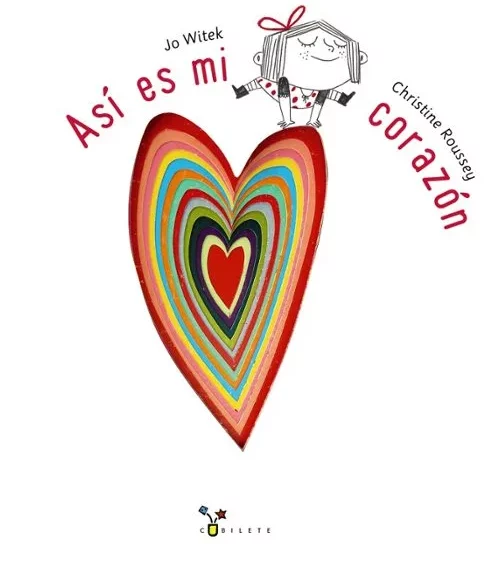
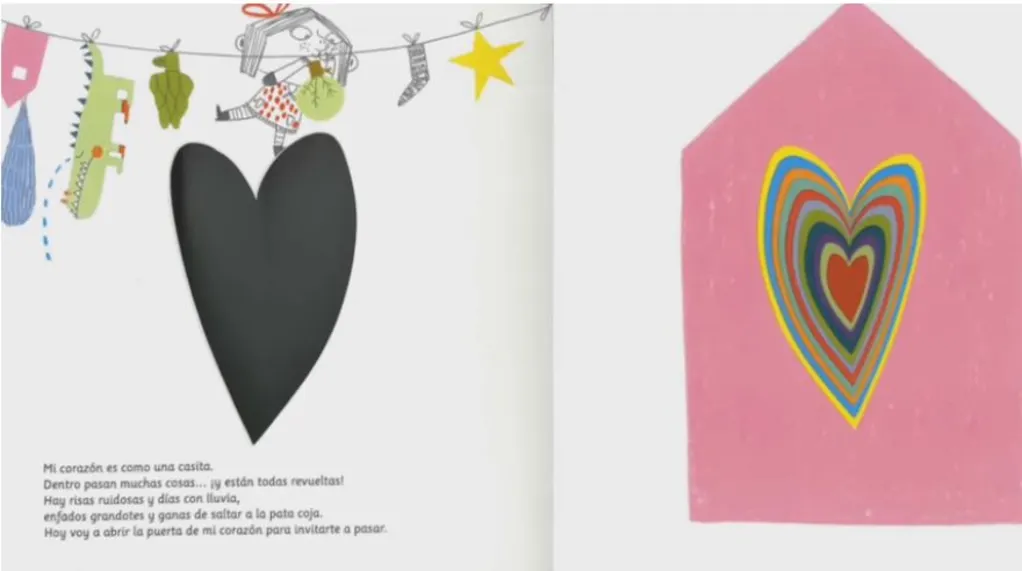
This picture book explores different emotions through the eyes of a little girl. Each page describes a different emotion and how it feels. “That’s How My Heart Is” is ideal for younger children, helping them to identify and talk about their own feelings in a simple and visually appealing way.
Ages: 3-6 years
Emotions: Diverse, including happiness, sadness, anger, fear and love.
4. Feelings – Tracey Moroney
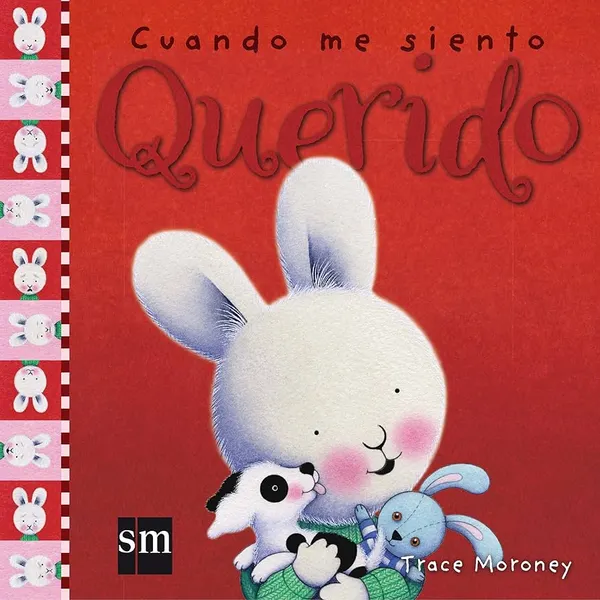
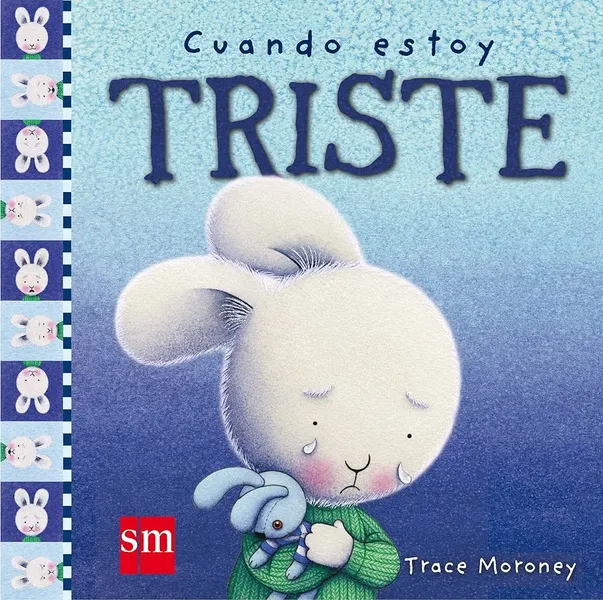
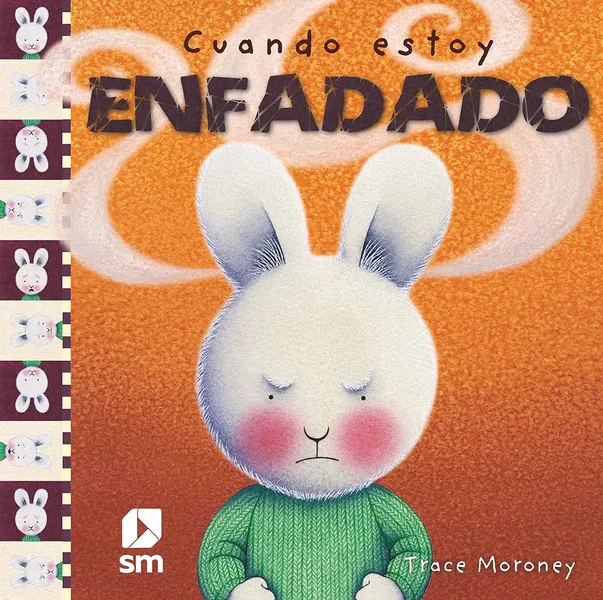
A collection of books, starring a bunny. Each book explores a different feeling and emotion, helping children to identify them, feel understood and express them. The main character will quickly make children feel identified and will help them gain self-confidence.
Ages: 3-6 years
Emotions: Various emotions, including happiness, sadness, fear, anger and love.
5. The invisible thread – Miriam Tirado
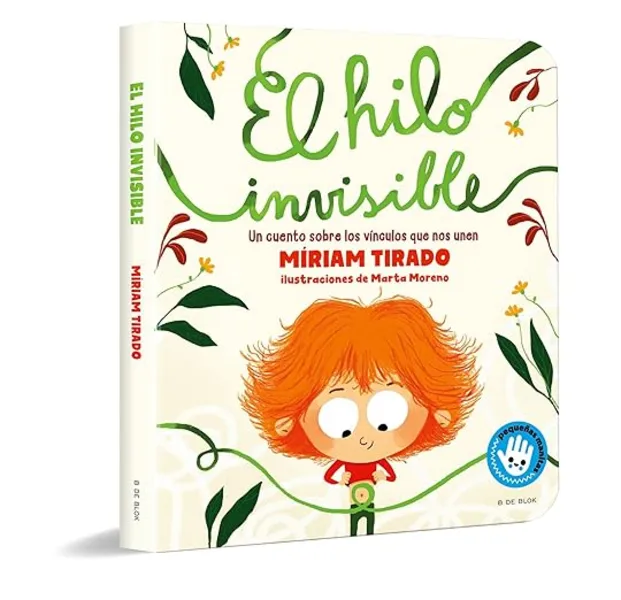
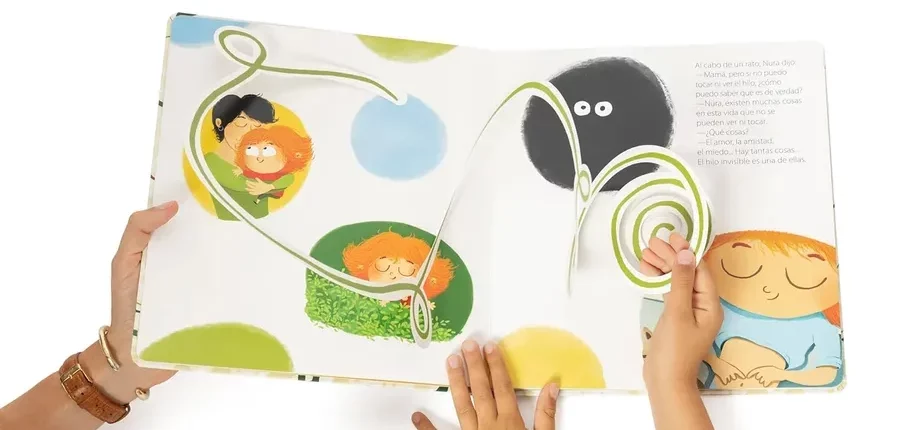
This story explains the emotional connection that exists between people who love each other, even though they are not always physically together. The “invisible thread” symbolizes the love and connection that remains even at a distance. It is ideal for children facing temporary separations, helping them understand that love and bonding remain intact. It comes in both pop-up and traditional versions.
Ages: 3-8 years old
Emotions : Love, connection, security.
6. I have a volcano – Miriam Tirado
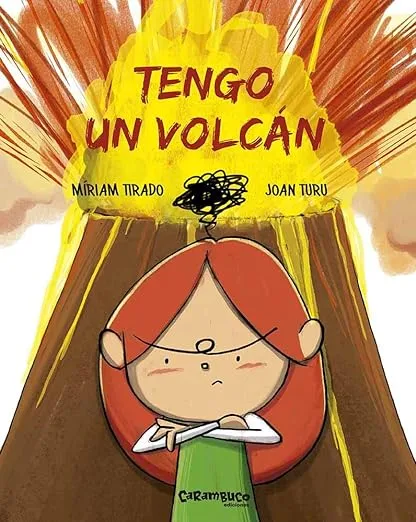
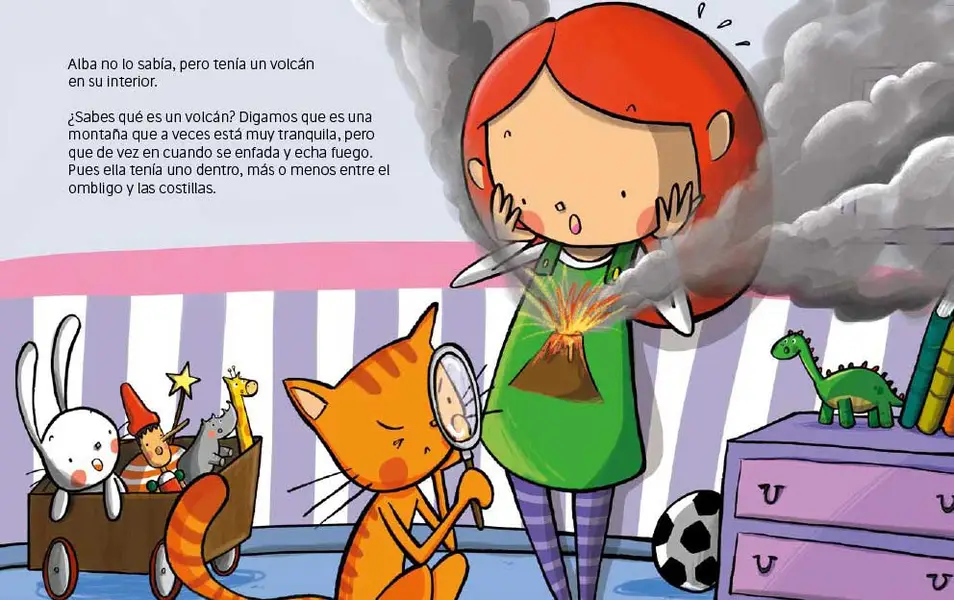
Through the metaphor of a volcano, “I have a volcano” helps to understand anger and how to manage it. The protagonist’s volcano explodes when she cannot control her anger, teaching children techniques to manage their own “eruptions”. This story is ideal for talking about how to handle emotional outbursts in a healthy way.
Ages: 4-8 years old
Emotions: Anger, frustration.
7. The Dragon’s Tail – Raquel Díaz Reguera
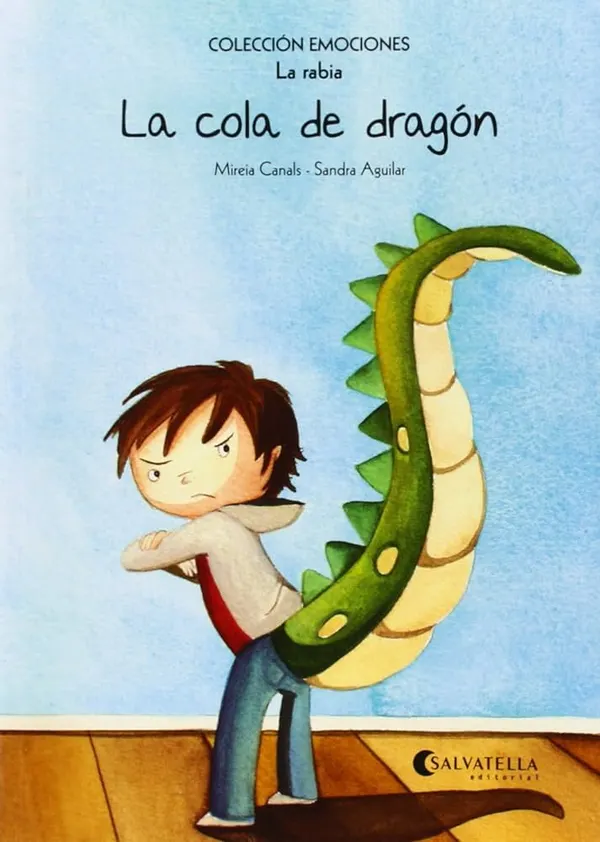
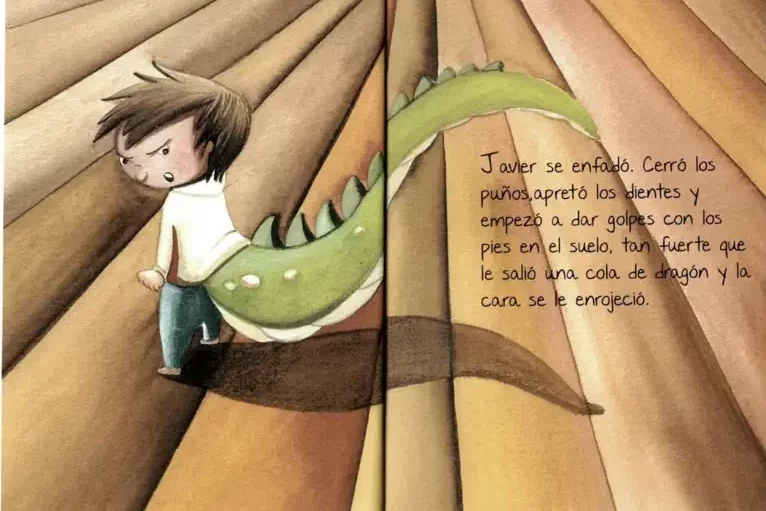
Through the story of a dragon who doesn’t know how to handle his tail, children learn about anger and how to manage it. The narrative helps them understand that it is normal to feel anger, but also teaches them techniques to control it and express it appropriately. This is a collection of six books, each one presenting different emotions, feelings and situations, from fear of the dark to worrying about not being able to solve a problem. Each book has activities.
Ages: 4-8 years old
Emotions: Anger, self-control.
8. We treat each other well – Lucía Serrano
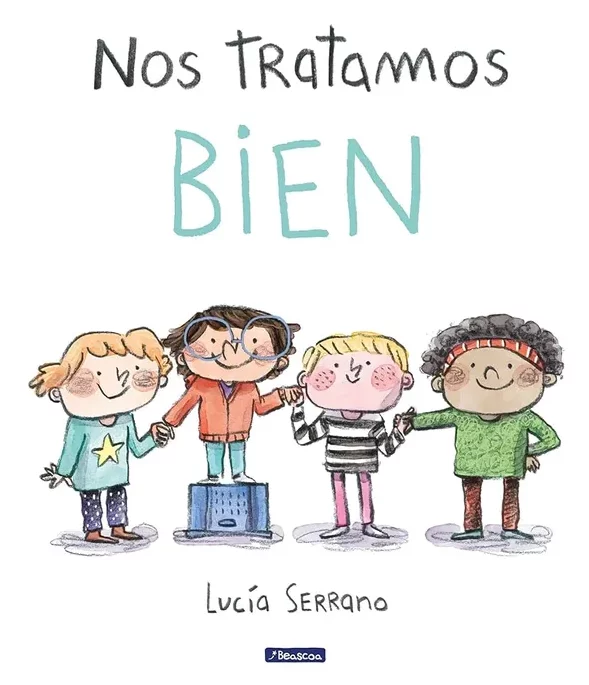
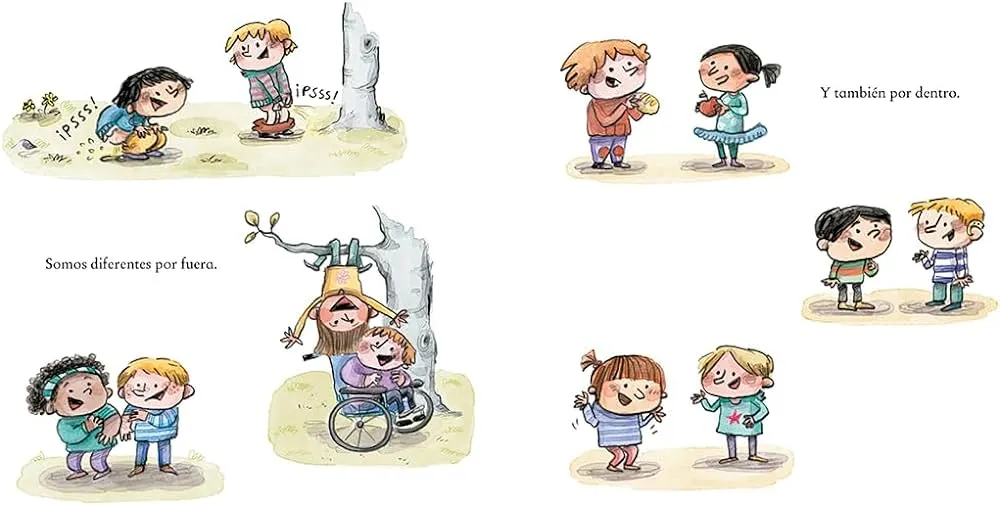
This book talks about friendship, respect and the importance of treating others well. Colorful illustrations and practical examples help children understand how their actions and words can affect others, promoting empathetic and respectful behavior. “We treat each other well” emphasizes that each person is unique in the world, we are all different, each with our own abilities and strengths, but we all like to be treated well.
Ages: 5-10 years old
Emotions: Empathy, respect, friendship, understanding.
9. The Point – Peter H. Reynolds
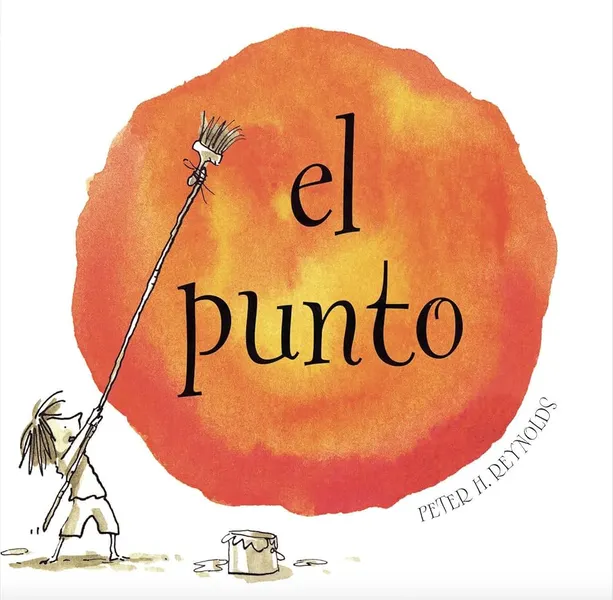
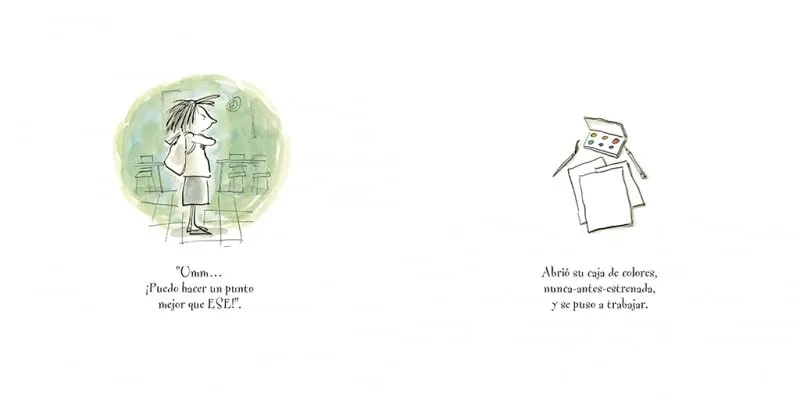
“The Dot” tells an inspiring story about self-expression and creativity. The main character, Vashti, doesn’t believe she can draw, but with a simple dot and the motivation of her teacher, she discovers her artistic potential. This book encourages children to overcome their fears and to trust themselves, showing that everyone has something valuable to contribute. It is ideal for working on self-esteem, confidence and emotional expression through art.
Ages: 5-10 years old
Emotions: Self-esteem, confidence, fear, frustration, pride.
10. Emocionario – Cristina Núñez Pereira and Rafael Romero Valcárcel
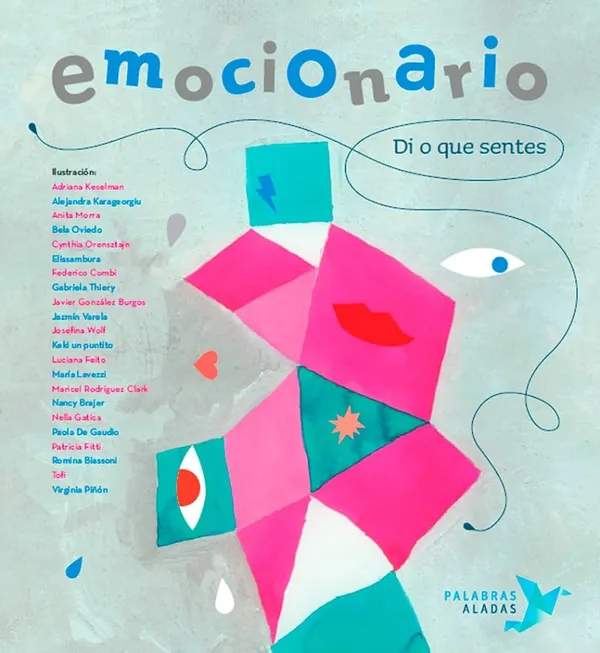
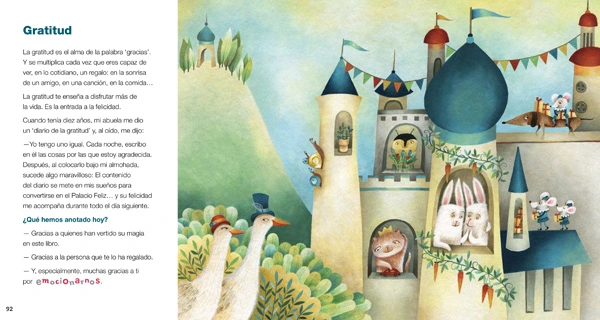
Emocionario is a complete guide to explore emotions in depth. Each emotion is accompanied by illustrations and descriptions that help children better understand how they feel and why. It is an excellent tool for developing emotional vocabulary and discussing a wide range of emotions.
Ages: 6-12 years old
Emotions : All emotions.
Bonus. Labyrinth of the Soul – Anna Llenas
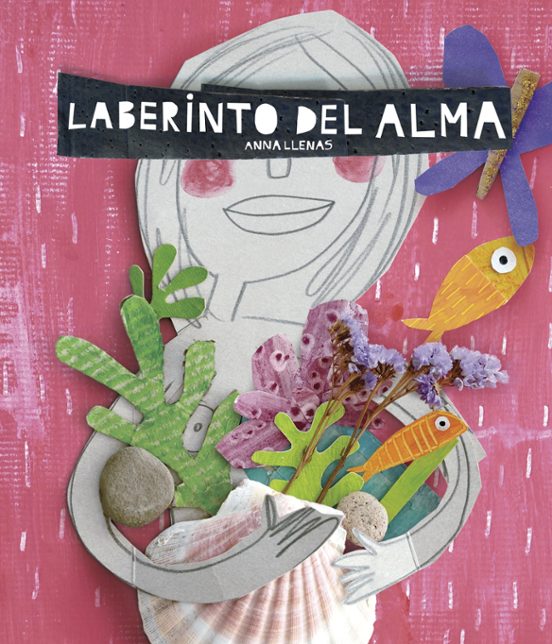
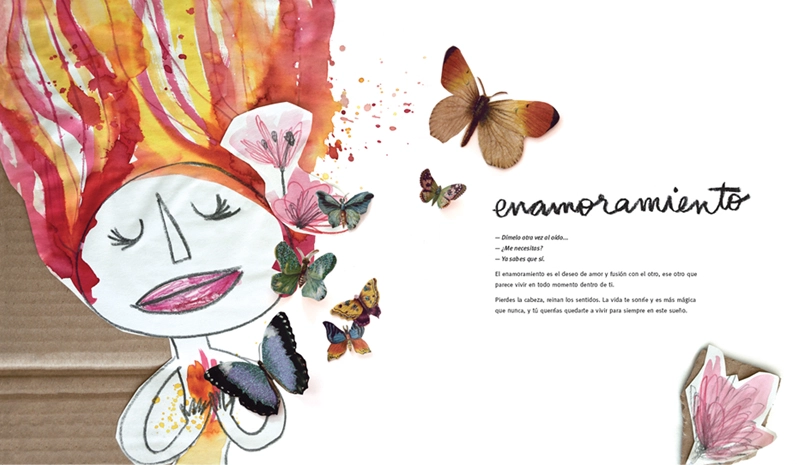
This book invites children on a journey through the labyrinth of their soul, exploring different emotions and learning to identify and manage them. With detailed illustrations and in-depth descriptions, it is ideal for older children who are beginning to explore their emotional world in a more complex way.
Ages: 6-12 years old
Emotions: Various emotions.
Bonus. Diary of emotions: Put color to your emotions – Anna Llenas

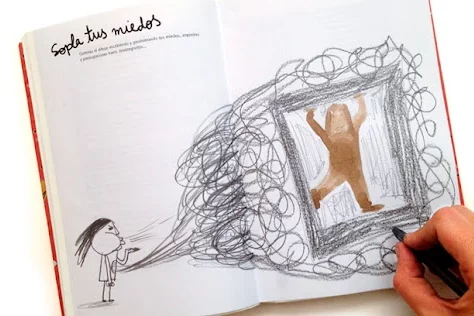
Unlike the previous ones, “Emotion Journal” is an interactive journal where children can color, draw and write about their emotions, helping them to express and understand them better. This journal is an excellent tool to encourage personal reflection and self-expression, allowing them to explore their feelings in a creative way.
Ages: 6-12 years old
Emotions: All
Let us know if you found it helpful and what other books you would add to the list!





